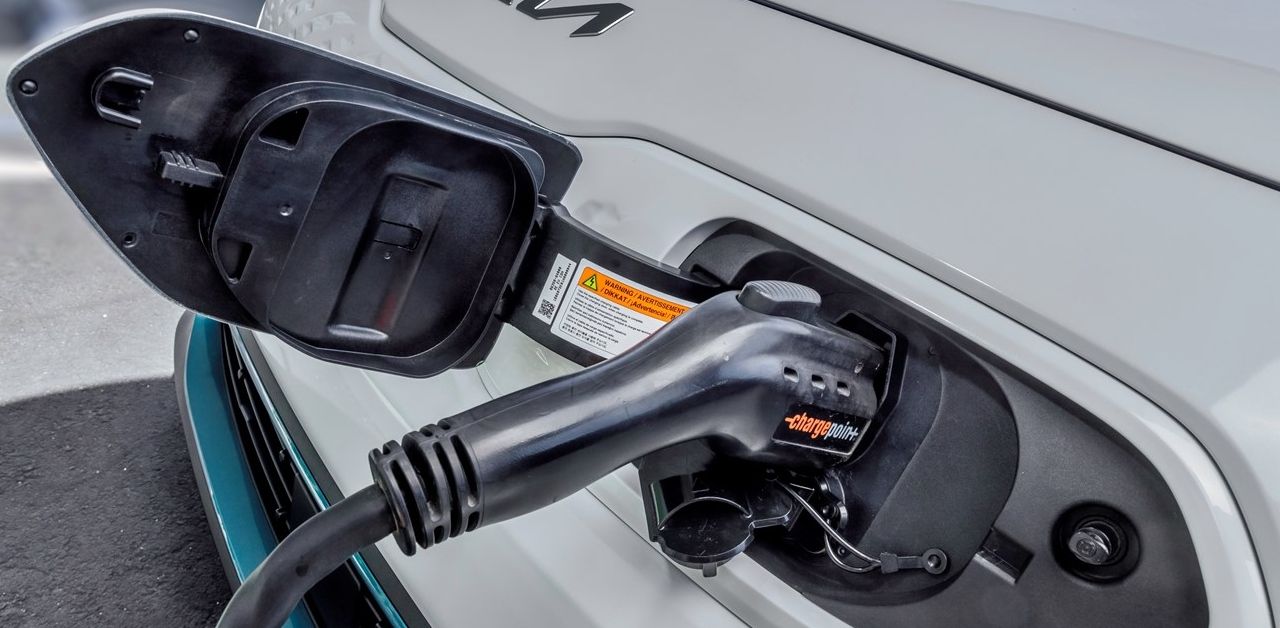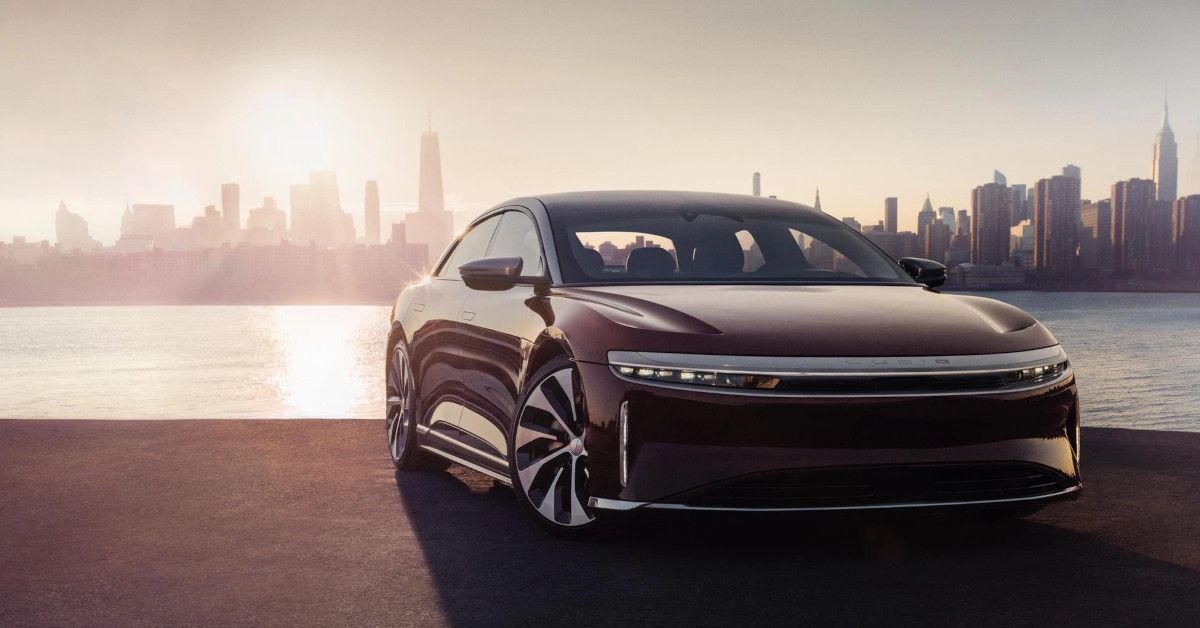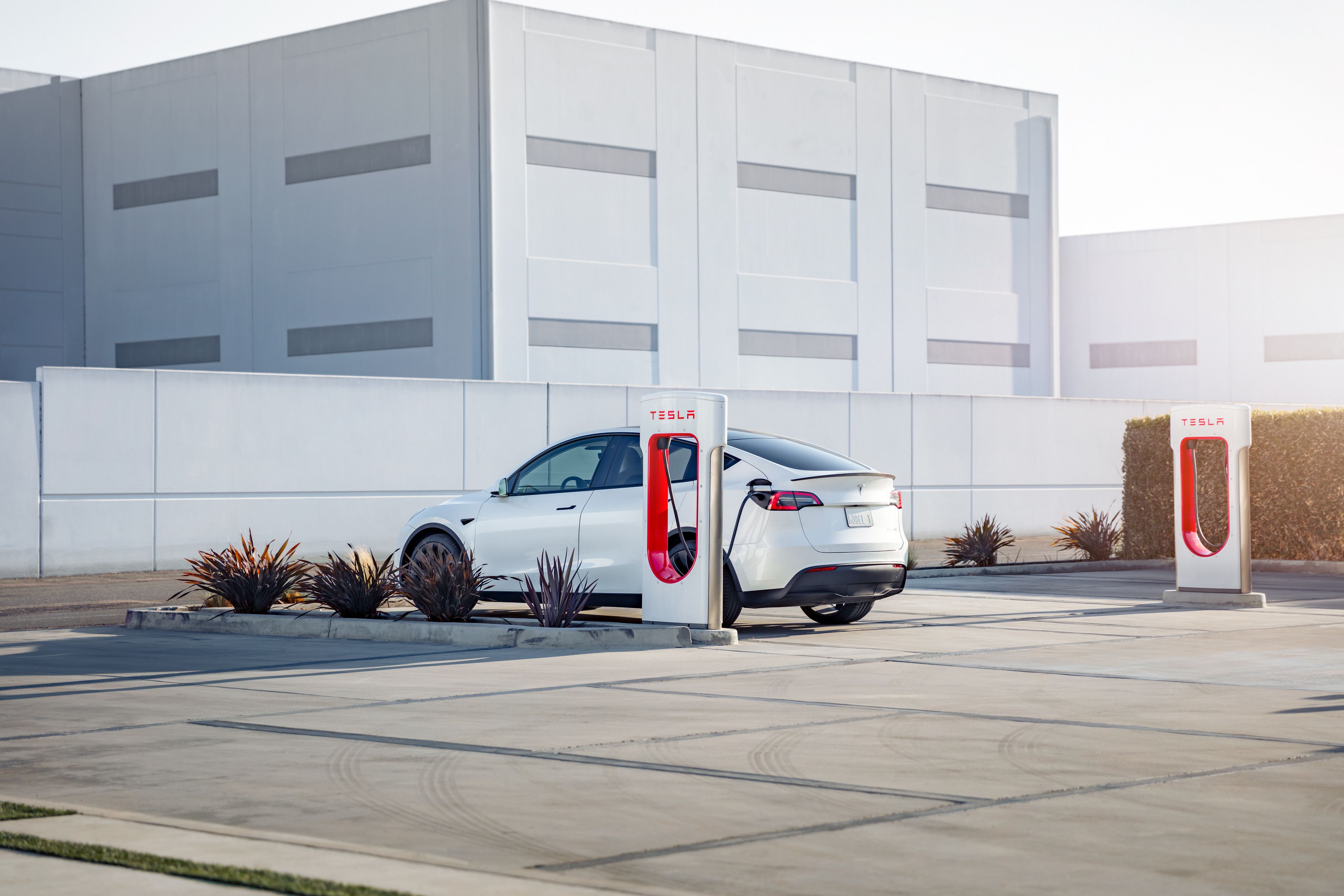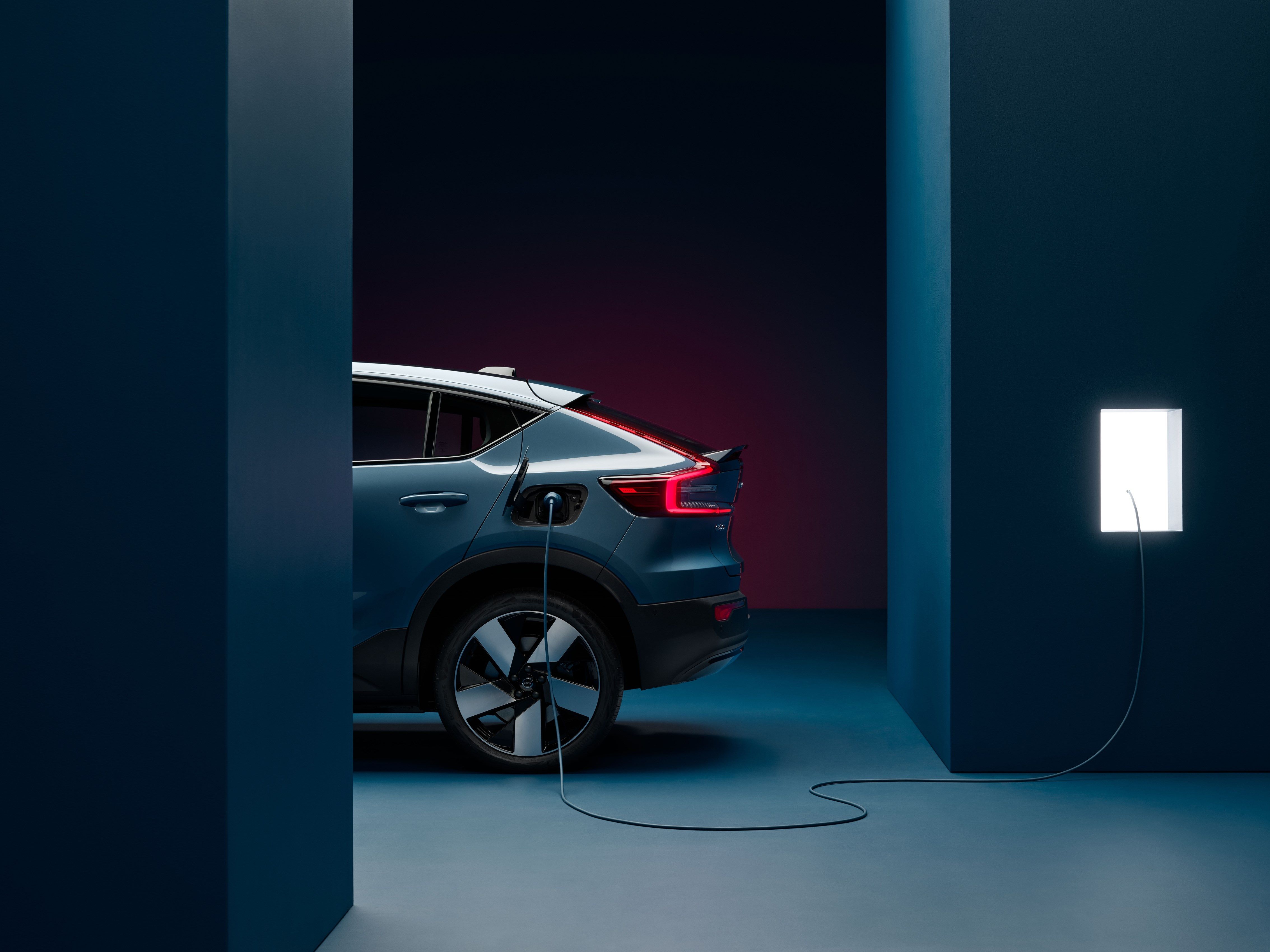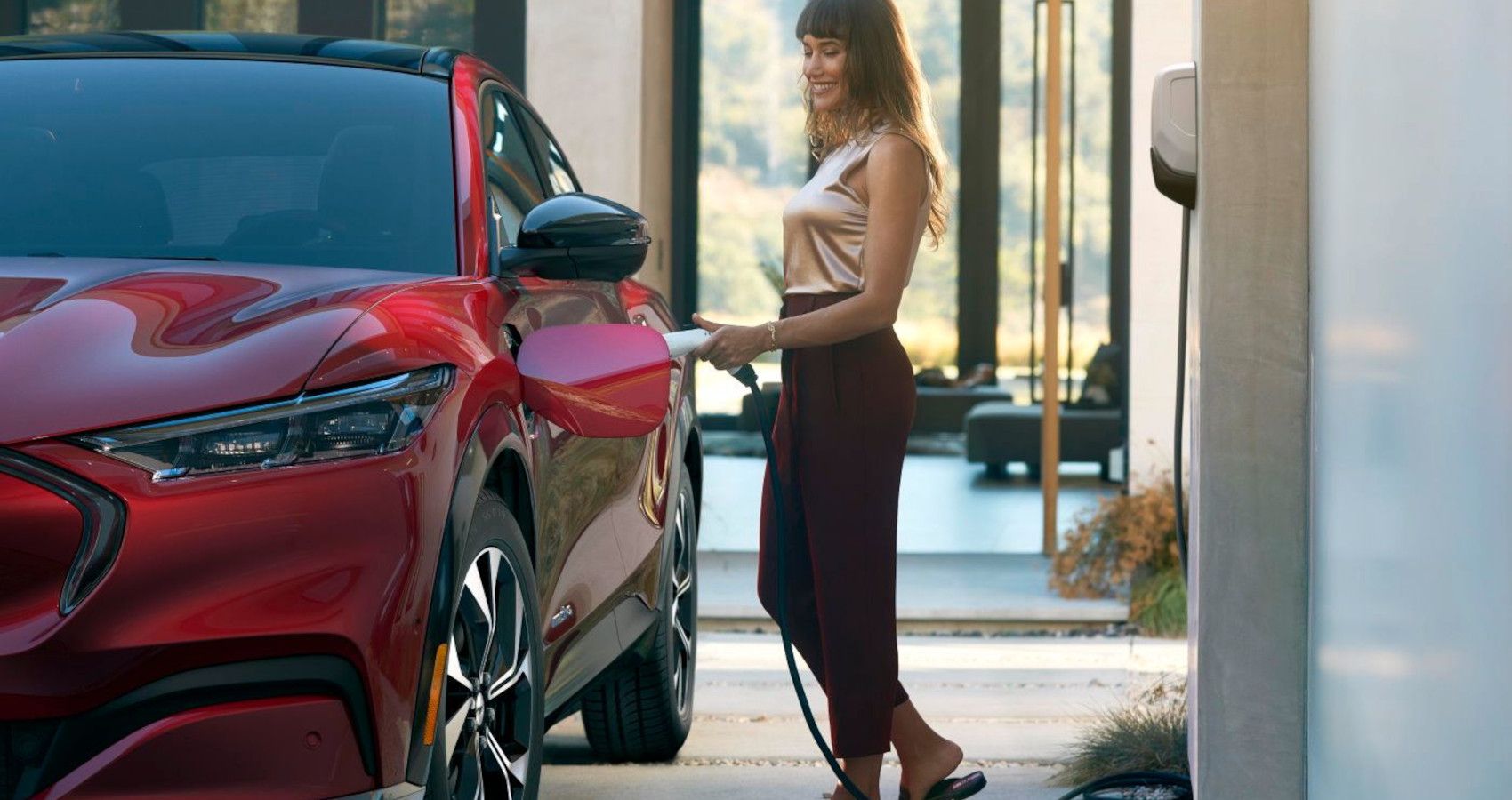As the world teeters on the edge of climate disaster, electric vehicles (EVs) are rapidly becoming one of the last hopes of the automotive industry. Each day, more consumers choose to switch to green vehicles to mitigate the consequences of society’s long and dirty history with fossil fuels.
But as we make this transition from dirty to clean energy sources, we inevitably encounter new difficulties. From exploitative material mining methods to battery charge issues, the consumer must face an entirely novel array of challenges when making the switch to electric vehicles.
One of the most common concerns voiced by EV owners is that their cars’ batteries will not fast charge past 80%. Why is that? And how does EV charging actually work? Today, we’ll focus on answering these questions so you can enter the world of electric vehicles informed and knowledgeable.
How An EV Battery Charging Works
Electric vehicle batteries accept only DC or direct current power. However, there are two types of EV charging stations: AC (alternating current) and DC. That means that, unless you plug into a DC charging station, your car must convert the AC power to DC power before using it.
It works like this: inside your electric vehicle is a power converter. This power converter takes AC energy and converts it to DC.
DC charging stations are known as “fast-charging” stations because the power converter is built-in. That means that your vehicle does not have to do any work to convert the power, which allows it to charge much faster.
AC & DC Charging: What’s The Difference?
All energy that comes from the grid is AC power. So, by default, you must utilize a power converter to charge your EV.
The difference lies in the location of that power converter. DC fast-charging stations use a built-in power converter. This allows your vehicle to bypass the conversion step, resulting in a much quicker charge time.
Alternatively, if you charge your EV at an AC charging station, the power must be routed through your vehicle’s in-house power converter. This results in a measurably slower charge time.
Factors That Affect How Fast Your EV Charges
Regardless of whether you charge your EV at a DC or AC charging station, other circumstances affect how quickly it can charge.
One of the most significant elements of your battery’s charging speed is the weather. Lithium-ion batteries, like those used in electric vehicles, do not like cold temperatures. Simply put, cold batteries charge slower than warm ones.
The current charge level of your battery also plays a role. In fact, it takes about the same amount of time for an EV battery to charge from 80% to 100% as it does from 10% to 80%. This is due primarily to the fact that manufacturers design batteries for maximum longevity, and charging to 100% is, in theory, bad for the battery — but more on that later.
The charging station’s power output will also determine how fast the car can charge. A power station with a lower kilowatt (kW) output will charge your EV significantly slower than one with a high output.
Finally, the type of EV you own will substantially affect its time to charge. For example, a Nissan Leaf can take around 50 kW of power, while a Tesla Model 3 can accept about five times as much.
How You Should Be Charging Your EVs
It is possible to charge your EV past 80%. However, this is a slightly nuanced response, and the true answer is much more complicated.
EV manufacturers design electric vehicles to regulate their charges. This means that the charge level you see on the dash is often not entirely accurate. And, in many cases, when a vehicle displays 100%, the actual charge level is typically closer to 80%.
Fast-charging stations often cut off at 80% because EVs require essentially the same amount of time to reach 100% from 80% as they do to reach 80% from 0%. This allows the station to conserve energy and ensure that other drivers can utilize the facilities.
But will it harm your vehicle to charge it past 80%? Technically, it can. Lithium-ion batteries cannot tolerate high voltages for extended periods of time, and keeping your battery charged fully can accelerate degradation. Lithium-Ion batteries work longest and perform their best when they are within the mid-range of charge. While a fast charger could rapidly juice up the battery to 80%, the ions in the battery require to be stabilized, it is why the fast charging facility gets cut off, and the car reverts to slow charging for the remaining 20%. This help manage the longevity of the battery and allows it to perform at its optimal level. Tech YouTuber, Marques Brownlee explains how you should be treating your lithium-ion battery of your phone, in this YouTube video, but it applies similarly to electric cars.
That being said, most modern EVs are designed with battery management systems (BMS). These systems allow the vehicle to regulate its charge and result in the discrepancy to which we alluded above: namely, that your car will often display a charge level slightly different from its actual state.
EV Fast Charging: The Bottom Line
Because electric vehicle manufacturers build their batteries to last a long time, it’s wise to refrain from fully charging your car. This preserves the integrity of your lithium-ion battery and reduces the levels of stress it must handle.
Finally, it may appear that your car cannot charge past 80%. However, this is actually an intentional feature of many charging stations. Because your car can only charge at around 20 kW speed past 80%, cutting off the power allows the station to preserve energy and serve more consumers. However, experts recommend that as the battery internals require stabilizing after a rapid charge, it is best for the battery health to only use fast chargers occasionally. Slow charging at home is the best way to keep your battery health in optimal levels.

